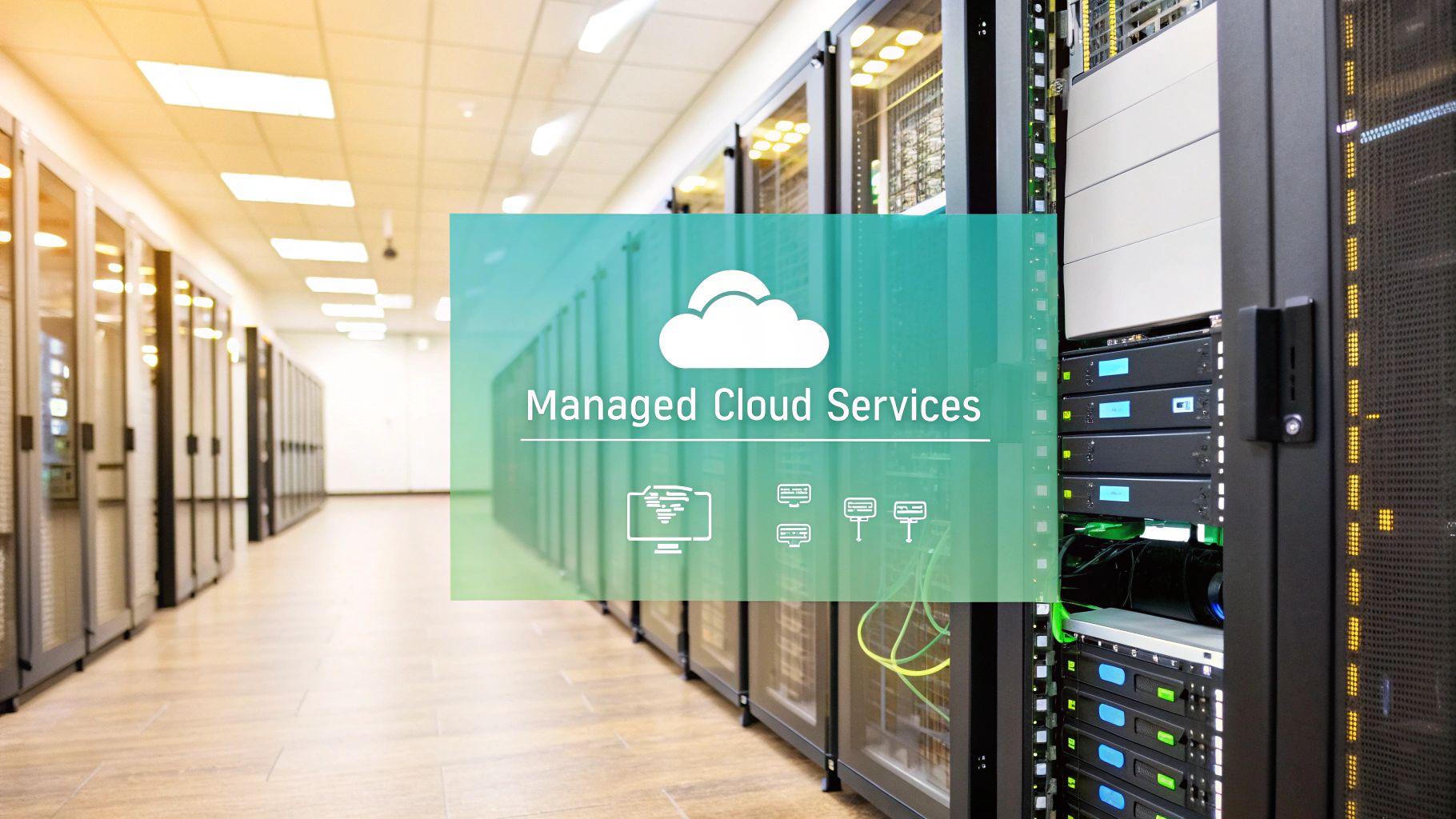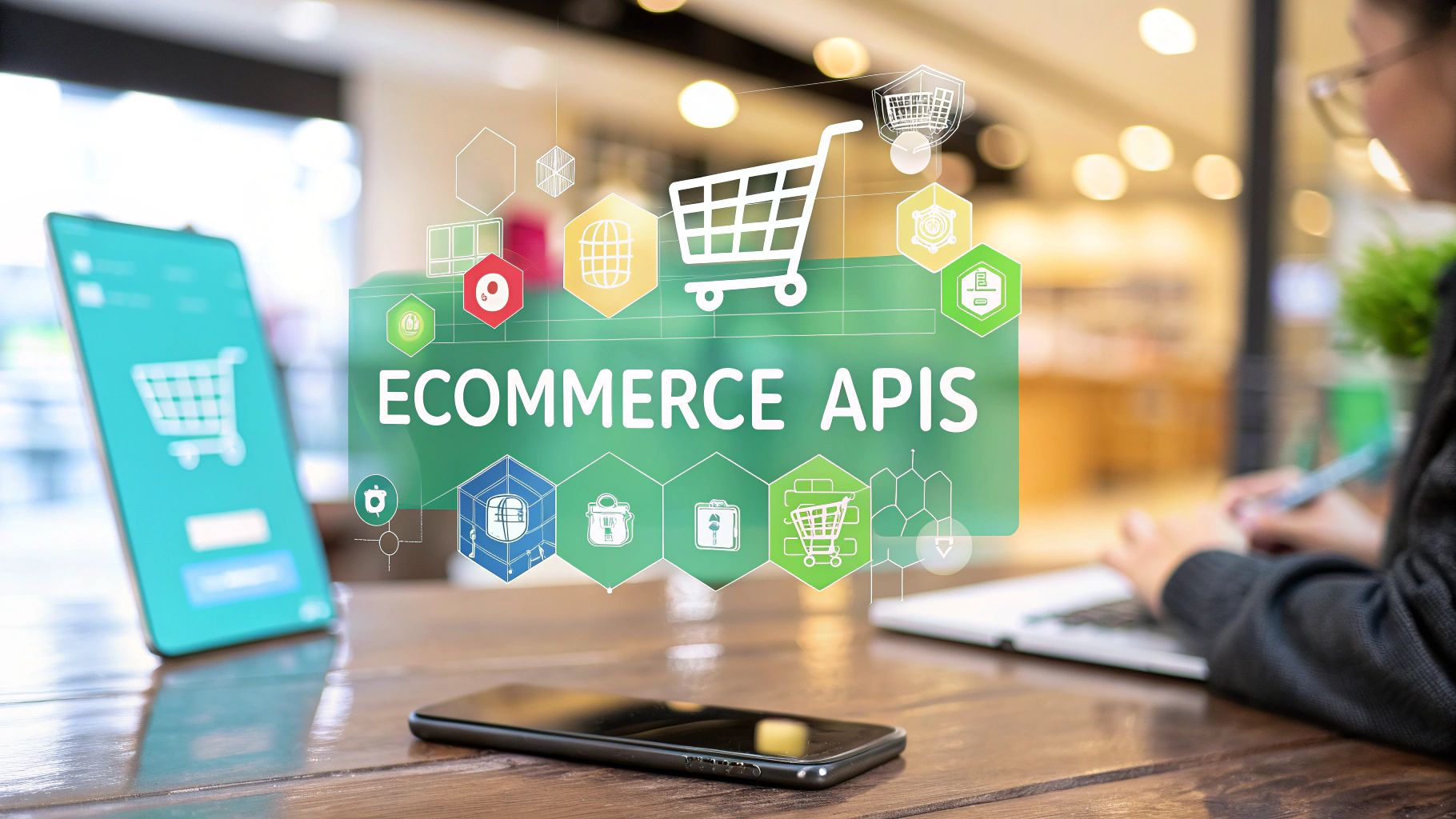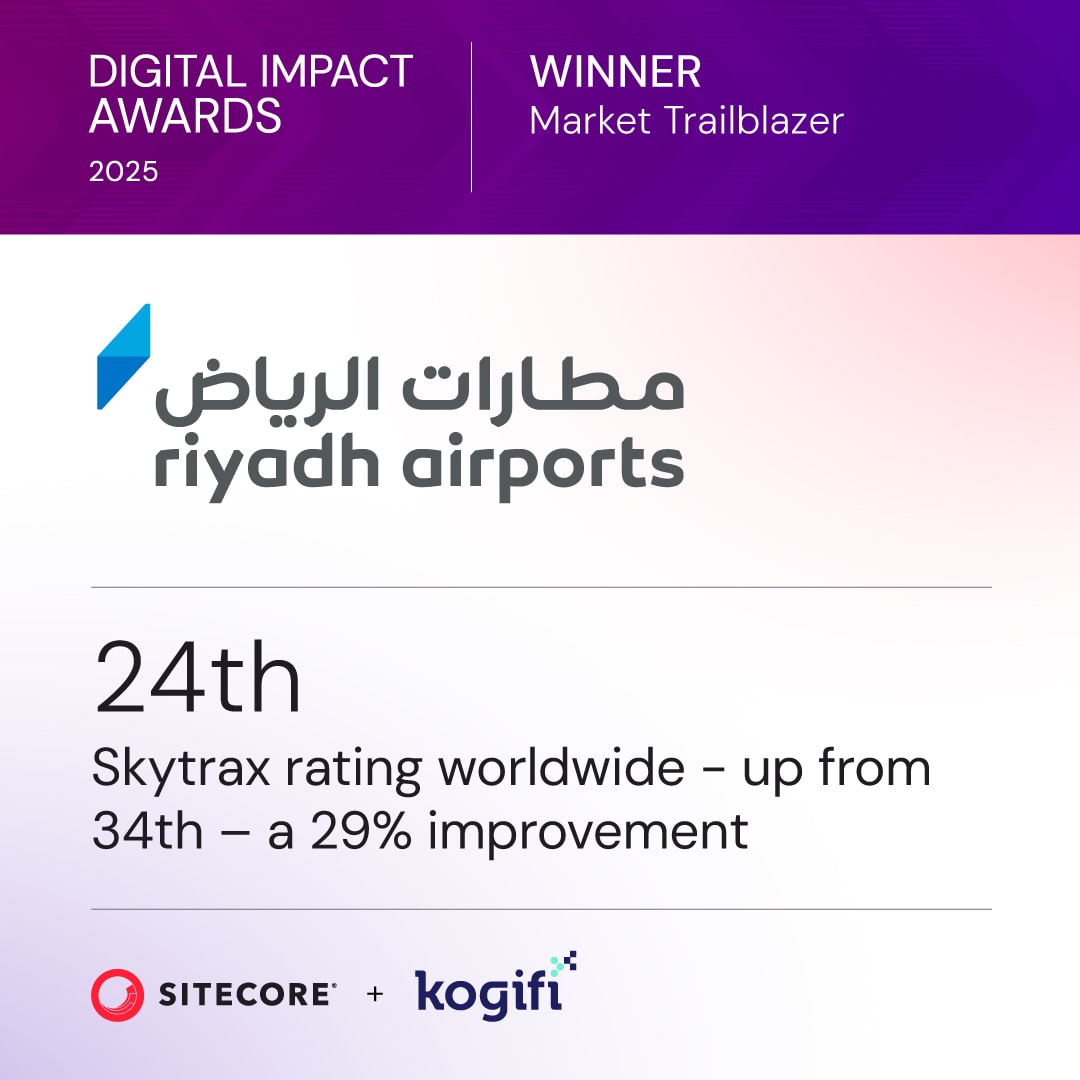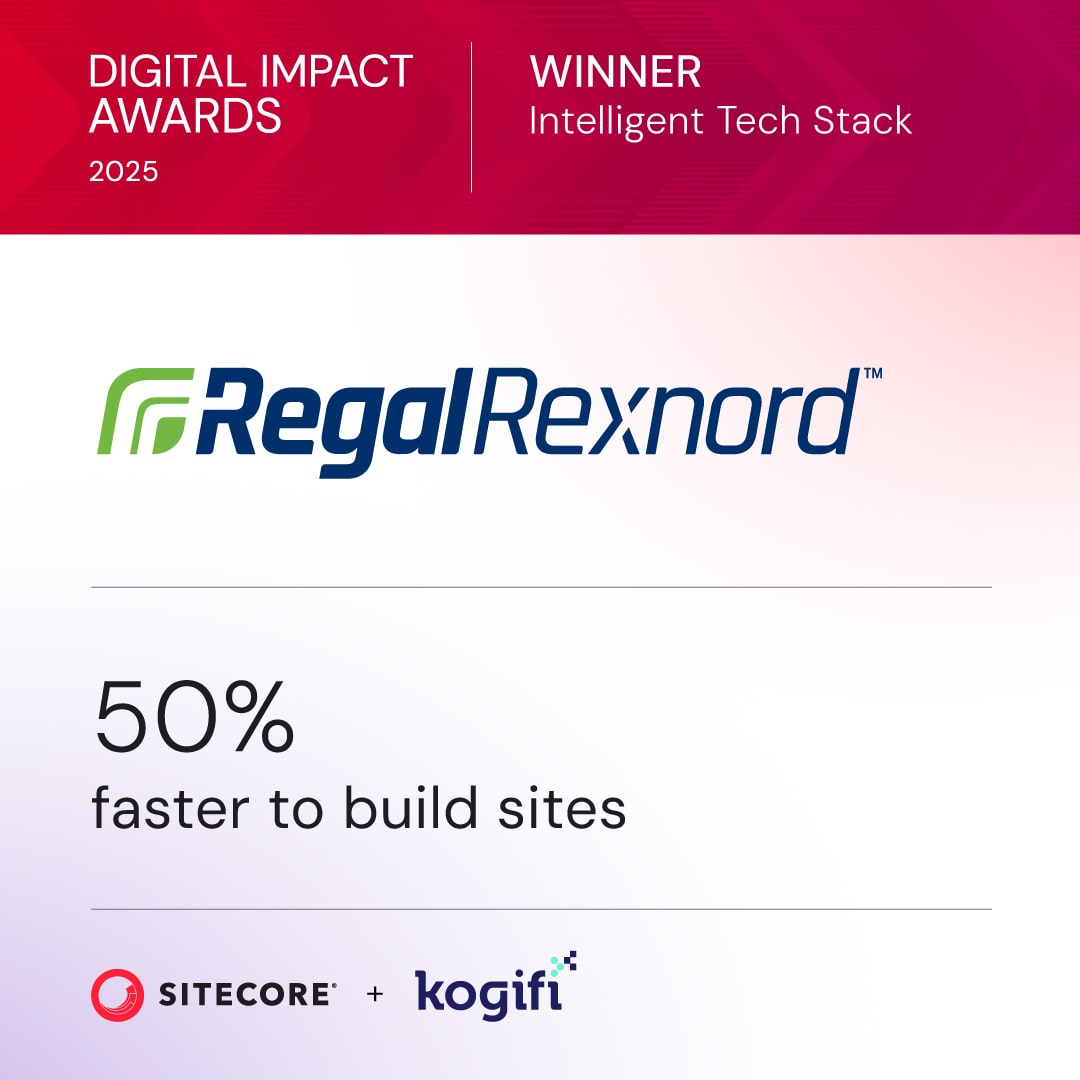Predictive analytics is transforming e-commerce by helping businesses forecast customer behavior, optimize operations, and increase revenue. By analyzing historical and real-time data, companies can predict trends, personalize experiences, and make data-driven decisions. Here’s what you need to know:
- Personalization: Tailored recommendations drive 40% more revenue. Amazon, for example, attributes 35% of its sales to predictive analytics.
- Inventory Management: Businesses using AI reduce forecasting errors by 50%, cutting inventory costs by 22% and stockouts by 18%.
- Dynamic Pricing: Real-time price adjustments based on demand and competition boost profitability by up to 10%.
Key tools include transactional data, website behavior insights, and machine learning platforms. Successful implementation requires clean data, clear goals, and gradual integration with existing systems. Companies like Amazon, Sephora, and Daily Harvest showcase the impact of predictive analytics on customer retention, sales, and efficiency.
To succeed, start small, unify data, and track KPIs like sales growth, customer retention, and inventory turnover. Predictive analytics is no longer optional - it’s the key to staying competitive in today’s data-driven market.
Unlocking E-Commerce Future: Predictive Analytics in Online Retail Trends
Main Uses of Predictive Analytics in E-commerce
E-commerce businesses are finding new ways to leverage data for a competitive edge. The most impactful applications focus on three key areas: personalized customer experiences, inventory optimization, and dynamic pricing strategies. These areas directly influence profitability and customer satisfaction.
Personalized Customer Experiences
Shoppers today expect brands to know them. In fact, 71% of consumers expect personalized interactions when they shop. Meeting this expectation isn’t just a nice-to-have - it’s a necessity to stay competitive.
Predictive analytics enables businesses to deliver this level of personalization. By analyzing a customer’s past purchases, browsing habits, and interactions, companies can predict what products they’re likely to want next. This goes beyond basic recommendations, offering hyper-personalized experiences that adapt to a shopper's real-time behavior.
Here’s why it matters: Companies excelling in personalization generate 40% more revenue than those that don’t. Amazon’s recommendation engine, for instance, is responsible for 31% of its revenue. Retailers using advanced personalization strategies typically see 6% to 10% revenue growth.
"Predictive customer analytics helps you know what customers want before they do. It's your secret weapon for creating shopping experiences that keep customers coming back again and again." - Ben McCluskey, Author
A great example is SciPlay, a mobile entertainment provider. Using predictive analytics, they refined their marketing efforts to target the right players for retargeting, saving millions of dollars annually. This also enhanced the gaming experience with better-targeted offers and messages.
Interestingly, loyalty isn’t just about discounts anymore. Research shows 74% of customers feel being understood is more important than receiving discounts. This highlights why predictive models focus on meaningful interactions over generic promotions.
Inventory and Demand Forecasting
Managing inventory is a balancing act. Too much stock ties up cash and increases storage costs. Too little leads to lost sales and unhappy customers. The stakes are enormous - inventory distortion costs retailers $1.77 trillion globally.
Predictive analytics turns inventory management into a science. By analyzing vast datasets, businesses can forecast demand with impressive accuracy. Companies using AI in demand planning can reduce forecasting errors by up to 50% and improve inventory accuracy by 20-30%. The results? A 5-10% sales boost, 10-20% lower inventory carrying costs, and up to a 75% decrease in stockouts.
One study showed that businesses using machine learning for forecasting cut inventory costs by 22% and reduced stockouts by 18%. In the semiconductor industry, deep learning improved forecast accuracy by 28%, leading to better production planning.
Daily Harvest offers a practical example. According to Neeti Singhal Mahajan, vice president of strategy and insights, the company moved away from assumptions to rely on data-driven predictions. This shift made their forecasting "dramatically more accurate".
"Many traditional business functions like operations, demand planning, and corporate finance wind up doing some kind of predictive tasks that rely heavily on assumptions and rules of thumb. Letting the data drive and temper our own assumptions [made us] dramatically more accurate on average with our predictions." - Neeti Singhal Mahajan, Vice President of Strategy and Insights at Daily Harvest
From inventory insights, let’s move to pricing - another area where predictive analytics shines.
Dynamic Pricing Strategies
In today’s fast-moving e-commerce world, static pricing just doesn’t cut it. Dynamic pricing adjusts prices in real time based on factors like demand, competitor pricing, and market trends. Companies using AI-driven pricing tools saw 4.79% profitability, compared to 3.56% in other categories in 2024.
This approach is catching on. Nearly 36% of U.S. retailers now use dynamic pricing, and the global market for these solutions is projected to grow at a 8.9% CAGR from 2024 to 2031. Businesses adopting dynamic pricing can see profit boosts of up to 10%.
Take Amazon, for example. The company makes over 2.5 million price changes daily, leveraging advanced algorithms to stay competitive and maximize profits. Similarly, Uber’s surge pricing adjusts ride costs based on real-time demand and driver availability, effectively balancing supply and demand. Walmart also updates online prices several times a day to respond to market changes and competitor actions.
Retailers using advanced pricing analytics report 2-7% higher margins, while companies incorporating predictive analytics for competitor intelligence achieve 15-20% more accurate pricing. These advantages come from the ability to process vast amounts of data in real time - something traditional pricing methods simply can’t match.
Dynamic pricing also supports personalized offers. With 80% of consumers more likely to buy from brands that personalize their experience, pricing strategies tailored to individual behavior and preferences can significantly boost sales.
"When Black Friday rolls around, e-commerce stores leave conventional pricing techniques behind in favor of dynamic pricing based on real-time demand, trends and competition." - Devin Partida
Data Sources and Technologies for Predictive Analytics
To succeed with predictive analytics, e-commerce businesses need two things: reliable data and advanced tools. Even the best algorithms can't deliver results without these essentials. Here's a closer look at the key ingredients for a strong predictive analytics strategy.
Data Sources for Predictive Analytics
At the heart of predictive analytics lies data - lots of it. E-commerce businesses are sitting on a goldmine of information about their customers, products, and operations. The challenge? Knowing which data matters most and how to use it effectively.
Transactional data forms the backbone of predictive analytics. This includes purchase histories, order values, product returns, and customer locations. It's the most direct way to understand what customers actually buy.
Website behavioral data digs deeper into customer intent. Metrics like page views, session lengths, clicks, scroll depth, and search queries reveal not just what people purchase but also what they’re considering. This insight is crucial for building predictive models.
Customer service interactions - like support tickets, chat logs, and reviews - offer another layer of understanding. This unstructured data can highlight emerging product issues or shifts in customer preferences that transactional data might overlook.
Marketing campaign data from emails, social media ads, and SMS campaigns shows what resonates with different audience segments. It helps predict which customers are most likely to engage with specific offers or promotions.
| Data Source Type | Examples | Description |
|---|---|---|
| Transactional Data | Purchase histories, order values, returns, customer locations | Direct insight into buying behavior |
| Website Behavioral Data | Page views, clicks, scroll depth, search queries | Reveals customer intent |
| Customer Service Data | Support tickets, chat logs, reviews | Highlights pain points and satisfaction |
| Marketing Campaign Data | Email, social media, SMS campaign data | Tracks engagement with promotional efforts |
However, no matter how much data you have, its quality is critical. Poor data leads to flawed predictions. With global data volume expected to hit 175 zettabytes by 2025, businesses must focus on identifying and using the most relevant variables.
"Predictive analytics is about converting data into foresight. It's about being able to infer intent, reveal risk, optimize resource allocation, and influence customer journeys in real-time." – Mihir Mistry, CTO, Kody Technolab
This wealth of data feeds into advanced technologies, which transform raw information into actionable insights.
Technologies That Power Predictive Analytics
The tools for predictive analytics have come a long way, offering solutions for both beginners and experts. Today’s platforms range from user-friendly, code-free tools to robust systems for large-scale machine learning.
General-purpose platforms provide low-code or no-code interfaces, making predictive analytics accessible to users without technical expertise. Meanwhile, enterprise cloud platforms cater to businesses with complex needs, offering the infrastructure to manage massive data volumes and sophisticated modeling.
Automated Machine Learning (AutoML) tools streamline the process by automating tasks like algorithm selection, parameter tuning, and model validation. There are also specialized tools designed for niche applications, such as analytics for manufacturing or HR.
Choosing the right technology depends on factors like accuracy requirements, scalability, technical skills, and budget. For example, Microsoft Azure Machine Learning offers a free trial and pay-as-you-go pricing, which works well for smaller businesses - though it may require a steep learning curve. On the other hand, Domo provides a cloud-based analytics solution with numerous integrations, ideal for more comprehensive needs.
Recent advancements in AI are reshaping predictive analytics, helping businesses shift from reactive problem-solving to proactive strategy. The push toward simplifying AI tools means more companies can now access sophisticated analytics without needing a team of data scientists.
Connecting Predictive Analytics with E-commerce Platforms
To make predictive analytics work, businesses must integrate their data and technology into their existing e-commerce systems. Without seamless integration, even the best models can't deliver actionable insights in real time.
PetLab Co. is a great example of how integration can transform operations. By embedding AI-powered predictive analytics into their e-commerce platform, they gained instant access to data that helped them monitor trends, optimize inventory, and tailor marketing strategies.
"By integrating AI-powered predictive analytics, we gained real-time access to data, allowing us to monitor trends and make informed decisions instantly. This technology enabled us to optimize inventory levels and tailor our marketing strategies to market conditions, significantly improving our operational efficiency and enhancing the overall customer experience." – Chris Masanto, CEO and co-founder of PetLab Co.
Sephora also leverages predictive analytics to personalize product recommendations and manage inventory. By analyzing browsing behavior, purchase history, and customer preferences, they deliver highly relevant suggestions, increasing both revenue and customer loyalty.
For successful integration, businesses need AI-driven search and recommendation engines that connect seamlessly with their e-commerce platforms and data systems. Feedback loops are equally important to refine strategies based on changing customer behaviors.
Amazon takes integration to another level with its patented "anticipatory shipping" system. This technology predicts customer purchases and moves products closer to potential buyers, cutting delivery times. By combining data sources and machine learning models, Amazon prevents issues before they arise, ensuring a smooth customer experience.
Technical considerations include real-time data access, the right analytical tools, and strong data governance frameworks. Regular audits ensure data accuracy and compliance, which are critical for maintaining trust and delivering reliable insights.
Predictive analytics integration empowers businesses to personalize customer experiences, manage inventory more effectively, and adjust pricing dynamically. With 71% of online shoppers frustrated by impersonal experiences, delivering tailored, data-driven interactions is no longer optional - it’s essential.
"Thanks to advanced AI and faster data analysis, personalized recommendations have become more accurate. By examining customers' past searches, purchases, demographics, and current activity, companies can now deliver tailored content to individual shoppers." – Mariano Rodriguez, Founder of LawRank
sbb-itb-91124b2
Implementation Best Practices and Challenges
Getting predictive analytics right in e-commerce takes careful planning, a clear connection between technical tools and business goals, and a realistic view of potential hurdles. While the benefits can be impressive, challenges along the way can disrupt progress if not handled properly.
Steps to Implement Predictive Analytics in E-commerce
The journey to implementing predictive analytics begins with aligning business objectives with technical capabilities. Instead of jumping straight into complex models, it’s better to follow a structured approach that builds momentum gradually.
Start with a strategic plan.
Before diving into tools or models, lay out a clear plan that ties directly to your business goals. This involves evaluating your in-house expertise and deciding on the right deployment option - whether on-premises, cloud-based, or a hybrid setup. This decision impacts costs, scalability, and flexibility, so it’s critical to get it right from the start.
Prioritize data quality.
If the data is flawed, the insights will be too. Start by cleaning up your data: remove errors, standardize formats, eliminate duplicates, and resolve inconsistencies. A strong data foundation ensures reliable analytics outcomes.
Set up strong data governance.
A dedicated team or platform focused on data management can improve consistency and enforce organization-wide standards. This becomes even more important as your analytics efforts scale.
Begin with small pilot projects.
Testing the waters with smaller projects helps demonstrate ROI quickly. For instance, ASOS used AI to forecast demand for over 85,000 SKUs, cutting stock-outs by 15% while reducing surplus inventory.
Promote user adoption through training.
Analytics tools are only as good as the people using them. Provide training and clear communication to ensure adoption across departments. Without active participation, even the best models may fail to deliver meaningful results.
Turn insights into actions.
Analytics isn’t just about predicting outcomes - it’s about using those predictions to make quick, informed decisions. Tailor your reports to deliver actionable insights that teams can implement immediately.
Even with these steps, challenges are inevitable. Addressing them with flexibility and foresight is key to success.
Common Challenges and Solutions
When implementing predictive analytics, certain obstacles come up repeatedly - but with the right strategies, they can be overcome.
Data quality and integration problems.
Poor data quality leads to unreliable predictions and wasted resources. A thorough data cleaning process and strong governance can address these issues.
Lack of expertise.
Predictive analytics requires significant investments in tools, infrastructure, and specialized skills. Partnering with consultants or using simpler, user-friendly tools can help bridge the gap.
Resistance to adoption.
Teams may hesitate to trust analytics they don’t fully understand. ClearSale, for example, combined human analysis with AI in 2024 to spot fraud patterns. This approach reduced false positives and built trust in the system.
| Challenge | Impact | Solution |
|---|---|---|
| Data Quality Issues | Inaccurate predictions; wasted resources | Clean data thoroughly; establish a dedicated management team |
| Lack of Expertise | Delayed implementation; poor performance | Use intuitive tools; work with experienced consultants |
| User Adoption Problems | Low ROI; resistance to change | Provide training; show clear program benefits |
| Model Maintenance | Declining accuracy over time | Set up feedback loops; schedule regular updates |
Choosing tools that automate repetitive tasks and integrate easily with existing systems can also help smooth the learning curve and boost adoption.
Tackling these challenges head-on clears the path for long-term success with predictive analytics.
Long-term Success with Predictive Analytics
To make predictive analytics a sustainable part of your business, you need a forward-thinking approach that adapts to changing needs while consistently delivering results.
Invest in scalable technology.
Cloud computing and modular platforms make it easier to expand as your business grows. With global e-commerce sales expected to surpass $8 trillion by 2027, scalability is more important than ever.
Design models with real-world constraints in mind.
Predictions are only useful if they align with operational realities like inventory levels and shipping capacity.
Monitor and refine models regularly.
Predictive models need constant updates to stay accurate. For instance, Target uses AI to anticipate regional demand, allowing them to reposition stock before shelves run empty - doubling their Inventory Ledger coverage.
Modernize systems gradually.
Instead of overhauling everything at once, wrap APIs around older systems to introduce new capabilities without major disruptions.
Centralize data for better insights.
Creating a unified data platform that combines orders, product details, and user behavior provides a complete view for accurate predictions.
Learn from successful examples.
Retailers like Macy’s have seen results by implementing predictive analytics. Macy’s built over 20 models in a matter of weeks to personalize email campaigns, boosting online sales by 8–12%. Similarly, Tamburlaine Organic Wines achieved an 88% sales increase by using predictive pricing strategies.
Measuring the Impact of Predictive Analytics
Once your predictive analytics strategies are in place, the next step is to measure how well they perform. This involves evaluating their impact across operations, marketing, and customer experience. By doing so, you can fine-tune your approach and justify the investment.
Key Performance Indicators (KPIs) to Track
Choosing the right KPIs is critical - they should align with your business goals and provide actionable insights.
Sales and Revenue Metrics
Revenue growth is one of the clearest indicators of success. Track metrics like total sales, average order value, and conversion rates before and after implementing predictive analytics. For example, consumer packaged goods (CPG) companies using data-driven marketing at scale have reported a 3% to 5% increase in net sales and a 10% to 20% boost in marketing efficiency.
Customer-Focused KPIs
Metrics such as customer retention rates, lifetime value, and satisfaction scores can reveal how predictive analytics enhances the customer experience. These figures often improve over time as models adapt to customer behaviors.
Operational Efficiency Indicators
KPIs like inventory turnover, stockout frequency, and fulfillment accuracy highlight how predictive analytics streamlines operations. These improvements help reduce waste while simultaneously boosting customer satisfaction.
Marketing Performance Metrics
Metrics such as email open rates, click-through rates, and campaign ROI demonstrate the effectiveness of predictive insights in refining marketing efforts. Personalized campaigns informed by these insights often outperform generic strategies.
To ensure clarity and direction, adopt SMART KPIs - those that are Specific, Measurable, Achievable, Relevant, and Time-bound.
Setting Up Your Measurement Framework
A KPI dashboard is a valuable tool for monitoring metrics in real time. Segmenting data by customer demographics, regions, or product categories can provide deeper, targeted insights. Regularly reviewing and updating your KPIs ensures they remain aligned with shifting business priorities and market trends.
These metrics not only quantify internal improvements but also reflect tangible business outcomes, as illustrated in the examples below.
Business Outcomes and Examples
Real-world examples show how predictive analytics can drive measurable improvements across various business functions.
Personalization Success Stories
- Sephora uses predictive analytics to deliver personalized recommendations, leading to measurable increases in conversion rates and customer lifetime value.
- Netflix applies predictive models to identify users at risk of canceling subscriptions. This allows them to engage these customers proactively with tailored marketing strategies.
Operational Excellence Examples
- Amazon’s patented "anticipatory shipping" system predicts customer purchases before orders are placed. By moving products closer to potential buyers, this approach has reduced delivery times, as reflected in customer feedback and on-time shipment rates.
- IKEA leverages predictive models to analyze past sales, local product preferences, and seasonal trends. This helps them forecast demand and optimize inventory at their warehouses.
Regional Success Cases
- Namshi, a Middle Eastern fashion e-commerce platform, uses predictive analytics to recommend style combinations based on past purchases and returns. They also track social trends and use time-series models to anticipate demand shifts.
- Noon, another major online marketplace in the Middle East, employs machine learning to manage its extensive catalog. Their models analyze region-specific behaviors, purchase patterns, and cross-category interests to improve recommendations.
Fraud Prevention Impact
ClearSale, an e-commerce fraud protection company, combines AI with human expertise to detect emerging fraud patterns. This approach reduces false positives while creating a secure shopping environment.
These examples illustrate how predictive analytics can enhance personalization, improve operational efficiency, and strengthen fraud prevention efforts.
Using Data to Improve Predictive Models
Measuring the impact of predictive analytics isn’t just about celebrating wins - it’s about using the insights to refine and improve your models continuously.
Creating Feedback Loops
Feedback loops based on your KPIs allow predictive models to evolve alongside your business needs. For instance, if customer retention rates fall short of expectations, analyzing the data can uncover areas for improvement.
A/B Testing for Model Optimization
Test different algorithms, pricing strategies, and inventory methods through A/B testing to identify what works best.
Segmentation for Better Insights
Breaking down KPI data by acquisition channels can reveal which marketing strategies are most effective. This granular view helps you optimize efforts for each channel.
Learning from Customer Feedback
Predictive analytics can tell you what happened, but not always why. As Avinash Kaushik puts it:
"It cannot, no matter how much you torture the data, tell you why something happened. Only your visitors and customers can tell you why something happened, so engage them in a conversation through reviews and surveys."
Combining numeric data with customer feedback provides a fuller picture of your analytics performance.
Staying Ahead of Market Changes
With e-commerce revenue projected to grow at 8.22% annually, reaching $1.84 trillion by 2029, it’s essential to adapt your models to market trends. Staying ahead ensures your strategies remain effective as conditions evolve.
Continuous Model Training
Feed performance data back into your models to improve their accuracy over time. Models that learn from both successes and shortcomings become more reliable and deliver better results.
The best e-commerce businesses treat predictive analytics as an ongoing process - measuring, learning, and refining - to ensure consistent value as the market and business grow.
Conclusion
Predictive analytics is reshaping online retail, shifting e-commerce from reactive approaches to forward-thinking strategies. By refining inventory management, enhancing personalization, and optimizing operations, businesses can anticipate customer needs and improve efficiency across the board. This shift highlights how predictive analytics is driving meaningful change in every facet of e-commerce.
The numbers speak for themselves: global e-commerce sales are expected to hit $6.8 trillion by 2025, accounting for 21% of all retail sales worldwide. Companies that adopt data-driven marketing strategies are already seeing measurable benefits, with consumer packaged goods (CPG) companies reporting 3% to 5% increases in net sales and 10% to 20% boosts in marketing efficiency.
Key Takeaways
- Personalization has become non-negotiable. A 2024 Salesforce study revealed that 73% of customers feel companies treat them as unique individuals - up significantly from 39% the previous year.
- Long-term advantages include: deeper customer insights, higher conversion rates, streamlined operations, and improved brand loyalty.
Next Steps for E-commerce Businesses
To make the most of predictive analytics, e-commerce businesses should consider these actionable steps:
- Start small, but aim big. Identify a single, high-impact challenge to tackle first - like reducing cart abandonment, optimizing inventory for popular products, or fine-tuning email campaigns - before scaling up.
- Unify your data. Integrate data from CRMs, e-commerce platforms, marketing tools, and customer service channels. Consistent and accurate data is the foundation of effective analytics.
- Set clear goals. Define measurable success metrics that align with your business objectives, such as boosting average order value or cutting customer churn.
- Invest in the right tools. Choose analytics infrastructure that matches your business’s size and complexity to ensure scalability and efficiency.
As Cary Lawrence, CEO of Decile, puts it:
"By leveraging first-party data and predictive analytics, ecommerce brands can build an identity-based marketing strategy that enhances LTV [Customer Lifetime Value], ensuring long-term profitability".
In today’s competitive and data-driven e-commerce market, predictive analytics isn’t just an advantage - it’s a necessity. Businesses that embrace these tools can stay ahead by starting with high-impact use cases, standardizing their data, setting clear KPIs, and continuously improving their models. The potential is immense for those ready to take the leap.
FAQs
How can small e-commerce businesses use predictive analytics without a big budget or technical expertise?
Small e-commerce businesses can dive into predictive analytics by leveraging budget-friendly, easy-to-use tools that don’t demand advanced technical expertise. Many cloud-based platforms come equipped with built-in analytics features, making them a practical choice for teams working with limited resources.
Start by targeting key areas that can drive meaningful change, such as demand forecasting or customer segmentation. By analyzing the data you already have, you can gain insights to refine your marketing efforts, streamline inventory management, and enhance customer experiences - all without requiring a hefty investment.
If you need extra guidance, think about teaming up with experienced tech providers or investing in training programs to boost your team’s capabilities. With small, focused steps, predictive analytics can become an accessible and effective tool for growing your business.
What challenges do businesses face when implementing predictive analytics in e-commerce, and how can they address them?
Integrating predictive analytics into e-commerce platforms isn’t without its hurdles. One common issue is poor data quality - unstructured or siloed data from multiple sources can make it difficult to generate accurate insights. Another challenge is system integration, as connecting different platforms often proves to be a complicated task. On top of that, businesses may face a lack of expertise, resistance to adopting new tools, or skepticism about the accuracy of predictive models, all of which can slow progress.
To address these challenges, start by improving data management practices. This means consolidating and cleaning your data to ensure it’s ready for analysis. To tackle resistance, invest in user training and highlight the value that predictive insights can bring to your business. Lastly, build trust by being transparent about how the models work and validating their accuracy with real-world results.
How can predictive analytics boost customer retention and create personalized shopping experiences in e-commerce?
Predictive analytics plays a big role in helping e-commerce businesses keep their customers coming back while offering them personalized shopping experiences. By studying past customer behavior, businesses can predict future actions and use that knowledge to engage customers in smarter ways - like creating tailored marketing campaigns, offering personalized product suggestions, or designing specific strategies to retain their audience.
For example, predictive analytics can spot customers who might be on the verge of leaving. With this insight, businesses can step in at the right moment with special deals or personalized messages to win back their loyalty. On top of that, AI-driven tools use these predictions to recommend products that match shoppers' preferences, making the shopping experience more relevant and enjoyable. This approach not only boosts customer satisfaction but also encourages repeat purchases, helping businesses build stronger relationships and foster steady growth over time.








































